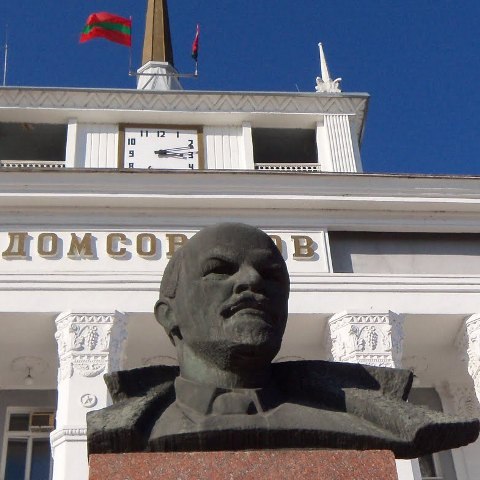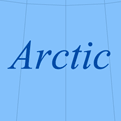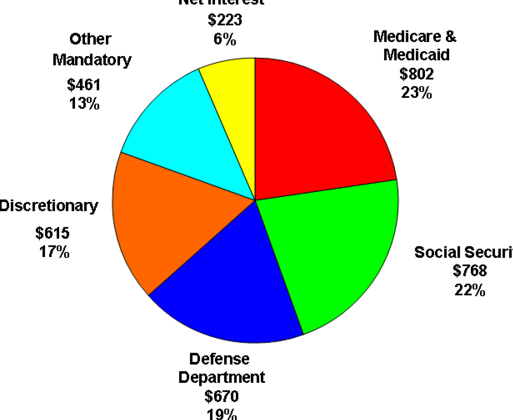Guest post by Andrey Devyatkov—The forthcoming Vilnius summit of the Eastern Partnership to take place in a couple of months is expected to be a symbolic breakthrough in the Europeanization plans of Moldova. The Deep and Comprehensive Free Trade Area (DCFTA) might allow for a better access of Moldovan goods to the EU market and vice versa. The EU is trying to present itself as a zone of prosperity and stability, having nothing in common with traditional geopolitics. Russia reacts to this with predominantly economic arguments as well, speculating that the opening of Moldovan (and Ukrainian) markets for EU's merchandise of good quality and low prices could illegally bring many of them to Russia, because Moldova is at the same time a participant of the Free Trade Area of the Commonwealth of Independent States.
Yet DCFTA may also heavily challenge the geopolitical landscape in the whole Eastern Europe. The EU's readiness to sign DCFTA with Moldova can be interpreted as a political act, because it is openly aimed at reintegrating the country. The EU made clear that the current regime of Autonomous Trade Preferences can't remain in operation after 2015. This means that there are only two years left for Brussels and Chisinau to convince Tiraspol in benefits of reunification under the aegis of EU's legal norms.
In fact, DCFTA comes practically as an imposed solution – and not only for Transnistria, but also for Russia who for years has been nurturing its exclusive political influence in this unrecognized piece of land. In fact, the EU acts as it did in 2005-2006 when it sent a mission to the Moldovan-Ukrainian border (EUBAM) for furthering the reintegration of the Moldovan customs space and thus contribute to the conflict settlement.
What does the DCFTA mean for Transnistria nowadays? Transnistria is an export-oriented economy: it exports to the international markets metal, electricity, textile, shoes, alcohol, and agricultural products. If Tiraspol looses access to EU's market, it is hardly imaginable that its export can be reoriented to other destinations. Tiraspol’s exclusion from DCFTA will make regional exporters face far higher tariffs for entering the EU market. Besides, the budget of this unrecognized territory has 70 % deficit and is balanced predominantly due to the non-payment for Russian gas. All this will make Transnistria adjust somehow to the changing economic and legal circumstances. But nobody in Tiraspol still knows how.
Neither does Moscow. The DCFTA is a big challenge for Russian geopolitical ambitions in Moldova. Since 1992, Moscow has been continuously using Transnistria as an instrument of policy toward Moldova, but now its utility can be questioned. This is because a new trade regime envisaged by the DCFTA would require drastic changes in market competition rules, intellectual property rights, judicial procedures, etc. In fact, the acceptance of DCFTA would amount to transferring a large segment of EU's laws to Transnistria. This will seriously challenge the Transnistrian claims for “sovereignty.” Tiraspol would have to closely cooperate with Moldovan officials, accept their systematic presence on the Transnistrian territory, etc. This would put Transnistria ahead of Russia in terms of integration with the EU and thus politically hardly controllable from Moscow.
Should the EU Association Agreements with Moldova be concluded at the Vilnius summit, Russia will have to swallow it as a fait accompli. Restrictive trade measures already taken by Moscow do not seem to be effective in terms of preventing Chisinau from keeping integrating with the EU.
However, a common EU-Russian approach to Transnistria is still feasible, and it can be based on the idea of Transnistrian economic modernization, which was discussed both in Tiraspol and Moscow during the 2011 presidential elections in this breakaway territory. The only alternative for Moscow is to turn Transnistria into Russia's protectorate and thus to take over the hard burden of local social and economic troubles. Against the background of highly expensive subsides for South Ossetia and Abkhazia Moscow has not shown yet readiness to pursue a similar strategy in Transnistria. Perhaps, so much the better.
The author, Andrey Devyatkov, is a post-doctoral fellow at the Center for EU-Russian studies, University of Tartu, Estonia.











